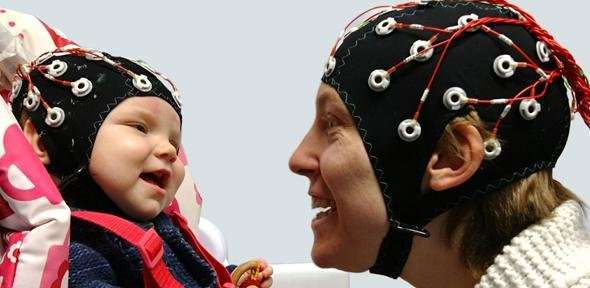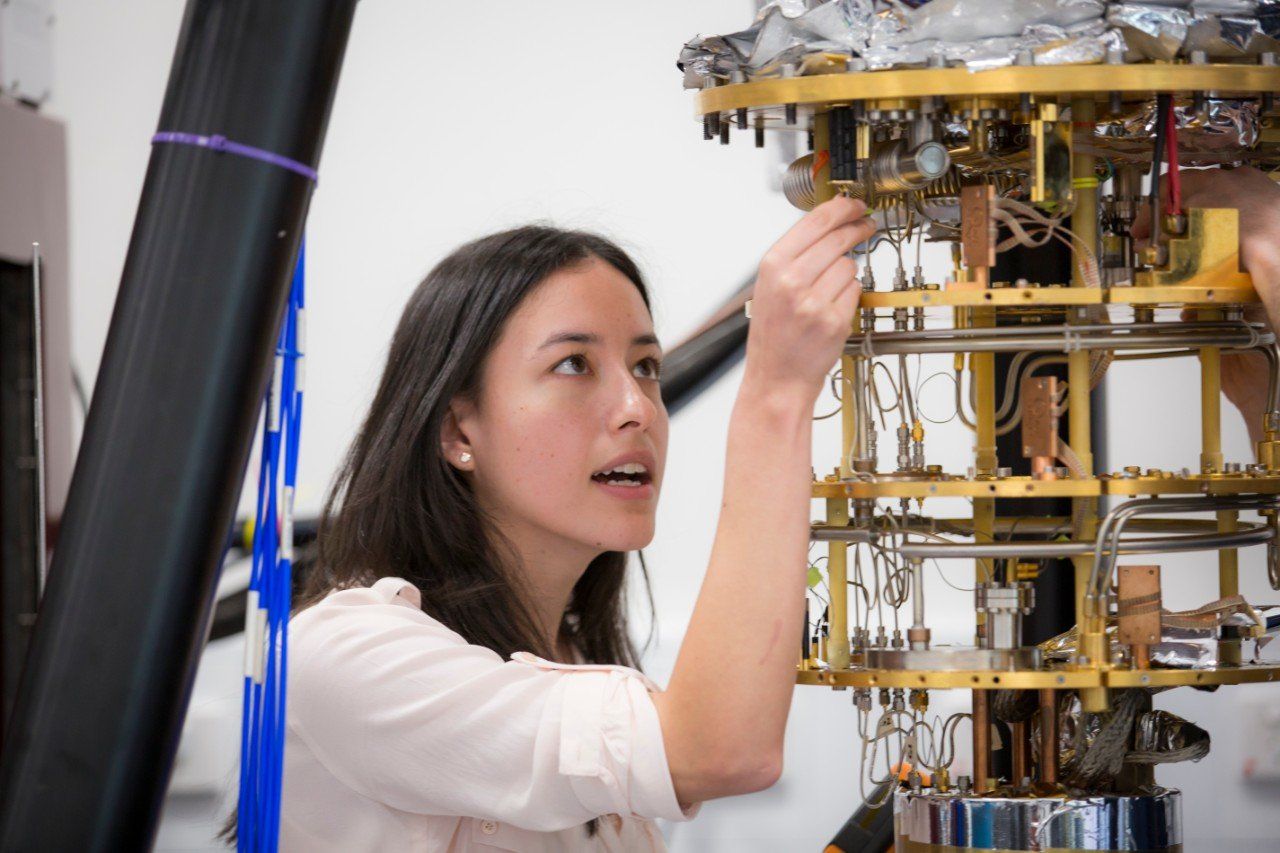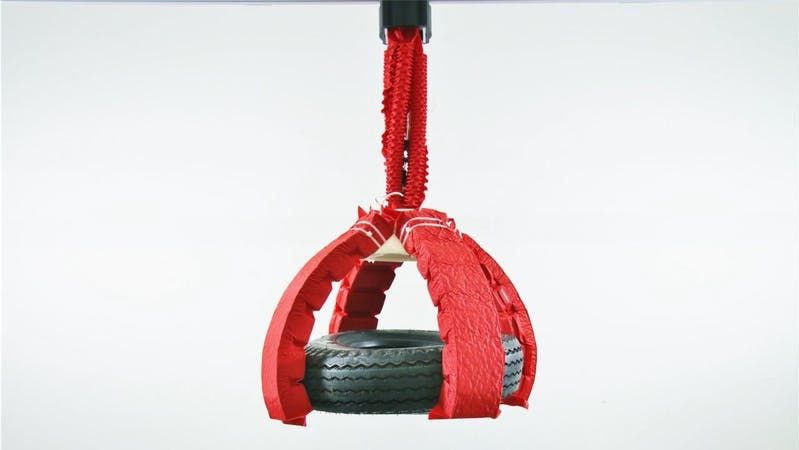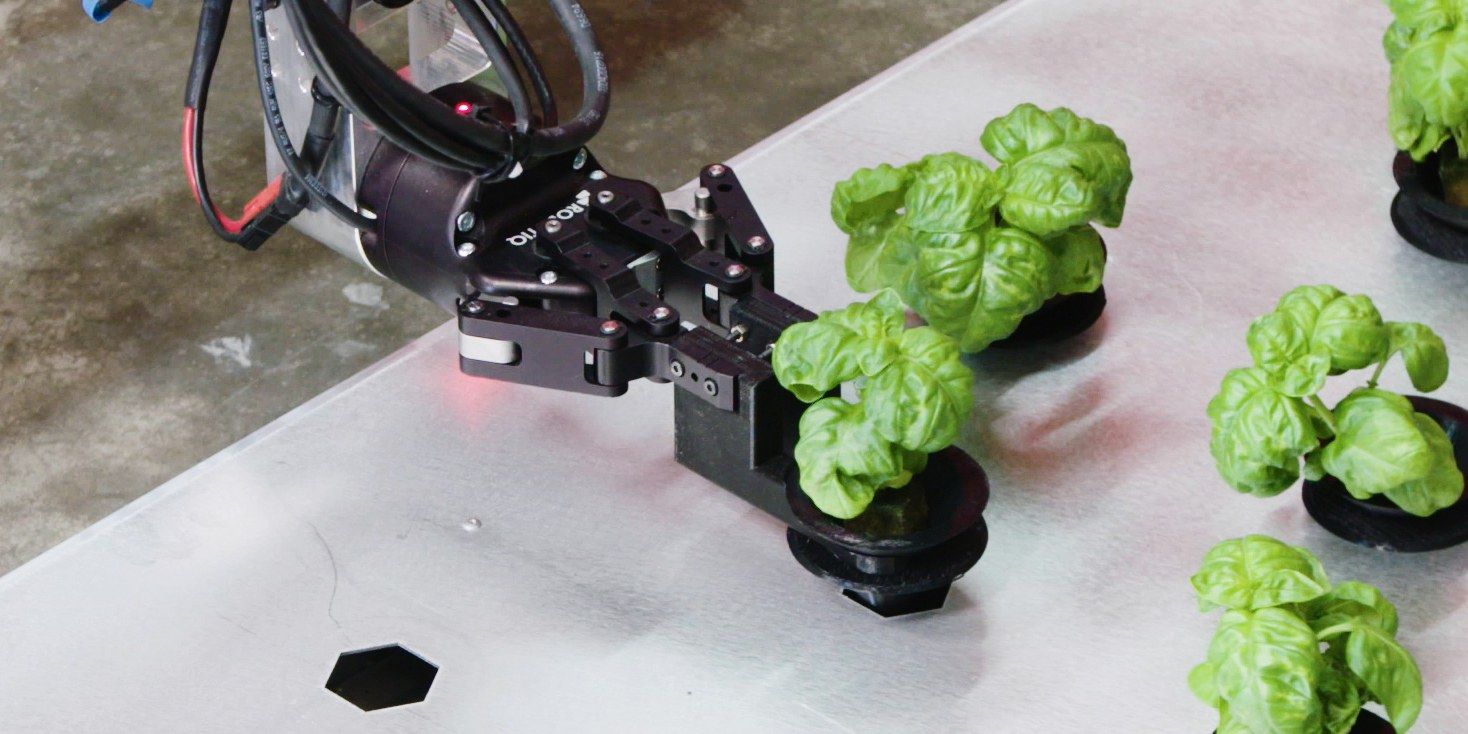Nov 30, 2017
Snake Oil and Continued Ill Health – Faustian Bargains
Posted by Steve Hill in category: life extension
We wanted to draw attention to an interesting paper that we saw today; this one argues that there are two broad Faustian bargains that people make while attempting to live longer. The first involves questionable products, and the second involves treating the symptoms of aging rather than the cause.
The First Faustian Bargain – Anti-aging
The first bargain is the promise made by the “anti-aging” industry, the supplement sellers who do not state outright but strongly imply that their elixirs could add years to your life. We have all seen the supplement blends with fancy names that often contain a mixture of compounds that we could obtain separately at far lower cost. These supplements are marketed as miracles, while their ingredients are only supported by mouse studies or sometimes not even that.
Continue reading “Snake Oil and Continued Ill Health – Faustian Bargains” »


















